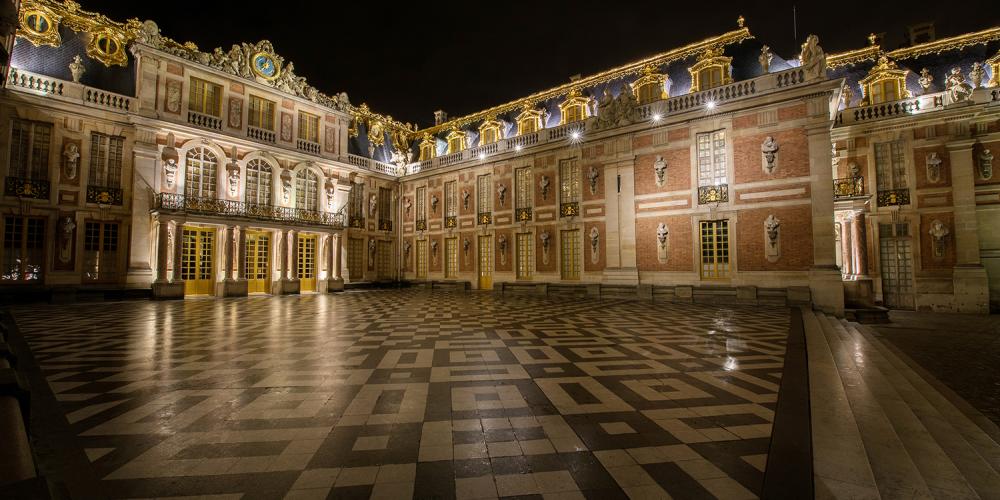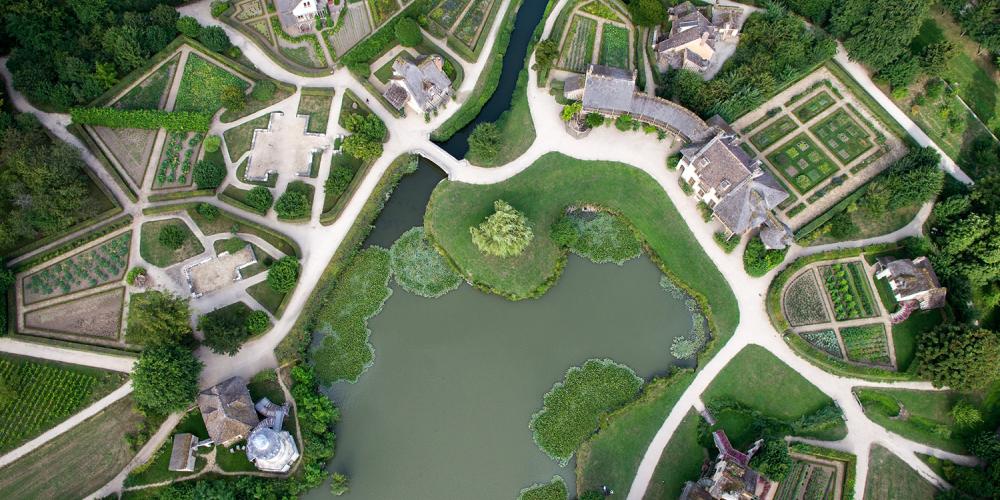Palace and Park of Versailles, France

The Palace of Versailles was the principal residence of the French kings from the time of Louis XIV to Louis XVI. Embellished by several generations of architects, sculptors, decorators and landscape architects, the palace and its grounds influenced many of the other grand gardens across Europe and provided the ultimate model for taste and style.
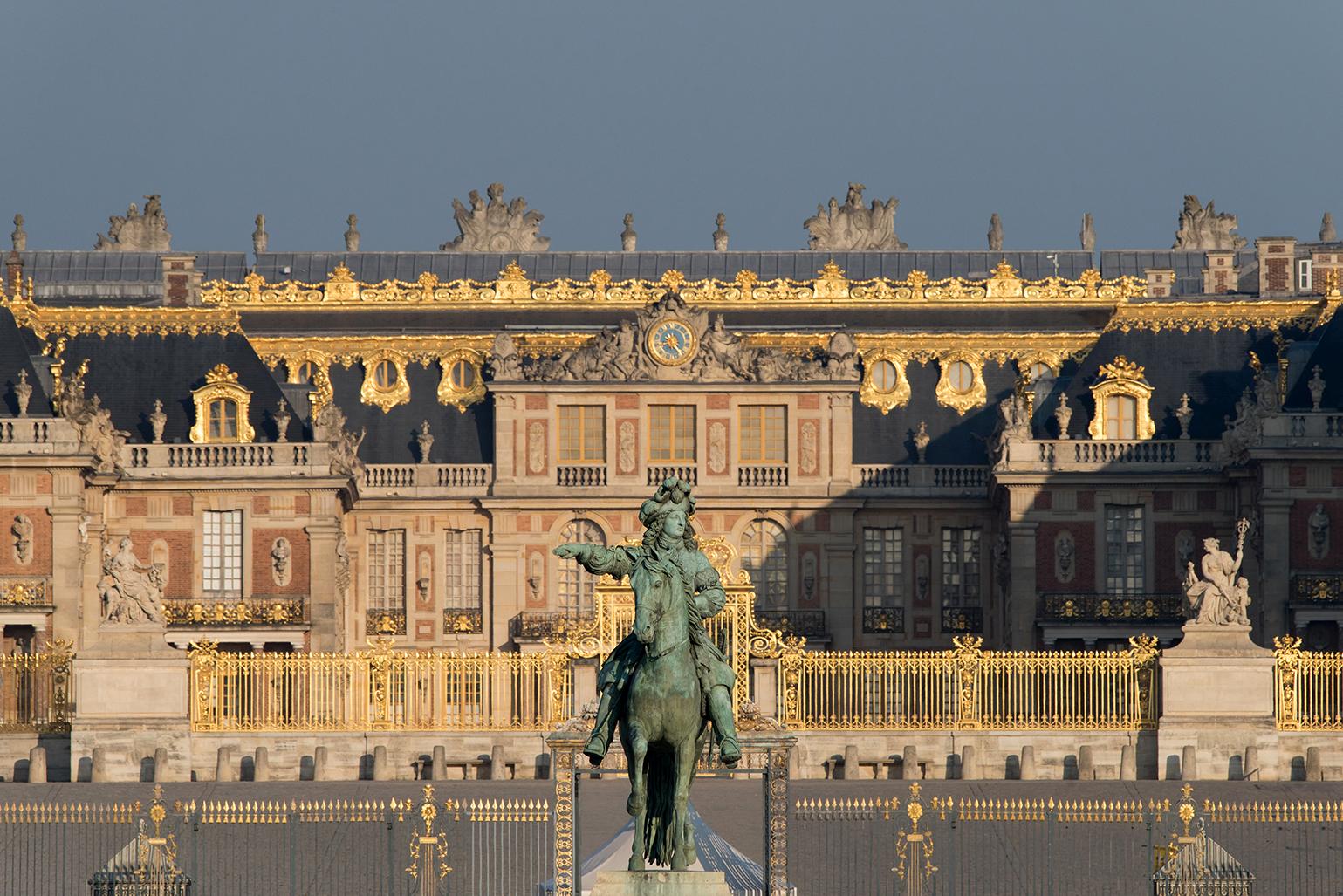
The wonder of the Versailles gardens lies in the small details and the way they combine to create a coherent vista across the entire estate. Some of the finest artists in France worked together to design every statue and fountain. King Louis XIV had all the projects submitted to him for approval. Thousands of men were enlisted to work on the construction of the gardens over four decades. The final result was the envy of aristocracy everywhere, and was imitated for centuries.
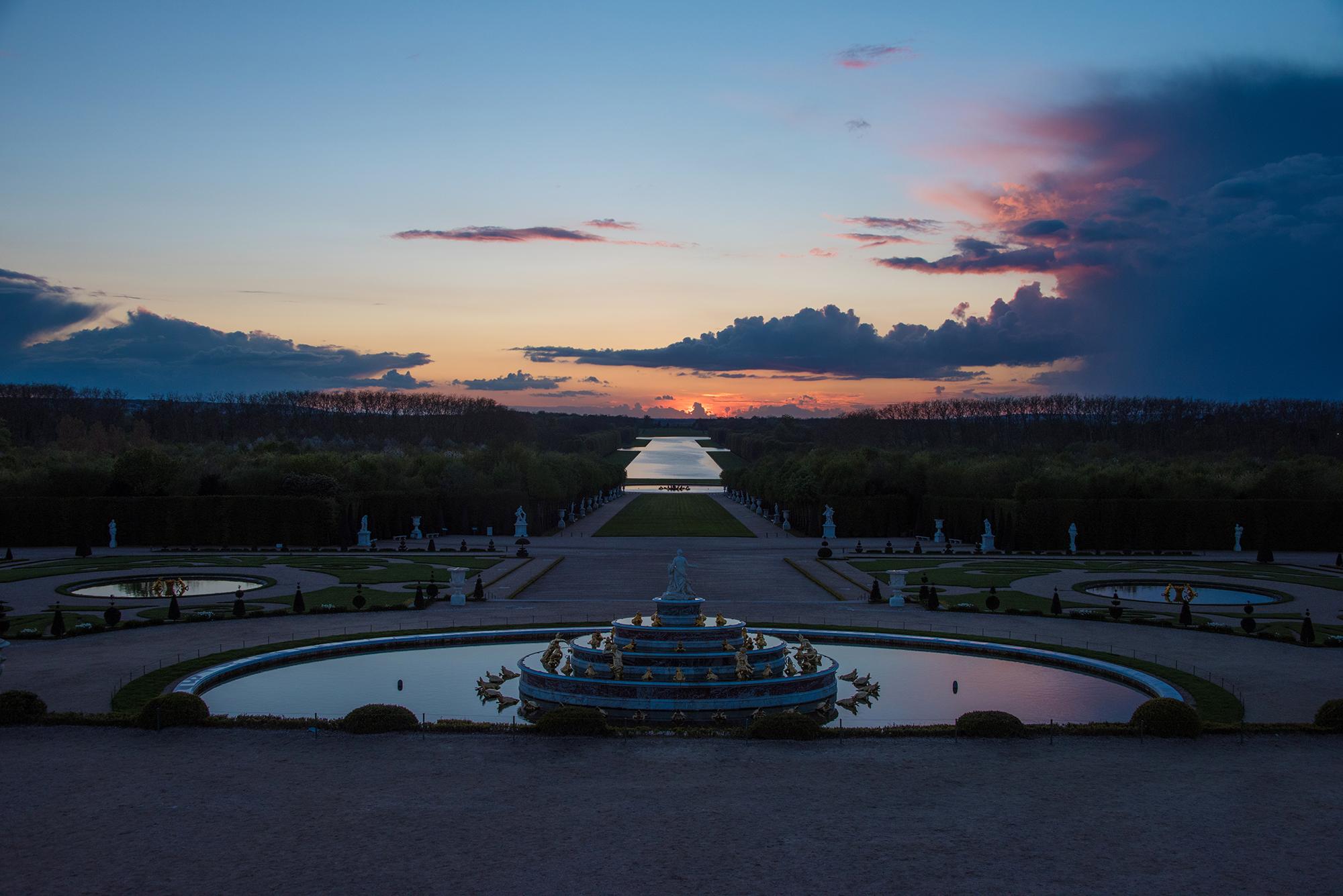
From the central window in the palace's Hall of Mirrors, guests can see the Grande Perspective from the Water Parterre to the horizon. But, it’s not necessary to ever go into the palace to appreciate the artful gardens. Just follow the paths past hedges to colourful flowerbeds, exquisite fountains, and patterns cut into the lawns. Deeper into the expanse, visit Marie Antoinette's private estate, where the queen sought privacy and an escape from the palace court.
A Commitment to Magnificence
In 1631, Versailles started as a hunting lodge for Louis XIII. His son, Louis XIV, built the now familiar palace and moved the nation’s government and court here in 1682. It remained the epicentre of French royal power—home to government offices and courtiers alike—until the Revolution in 1789.
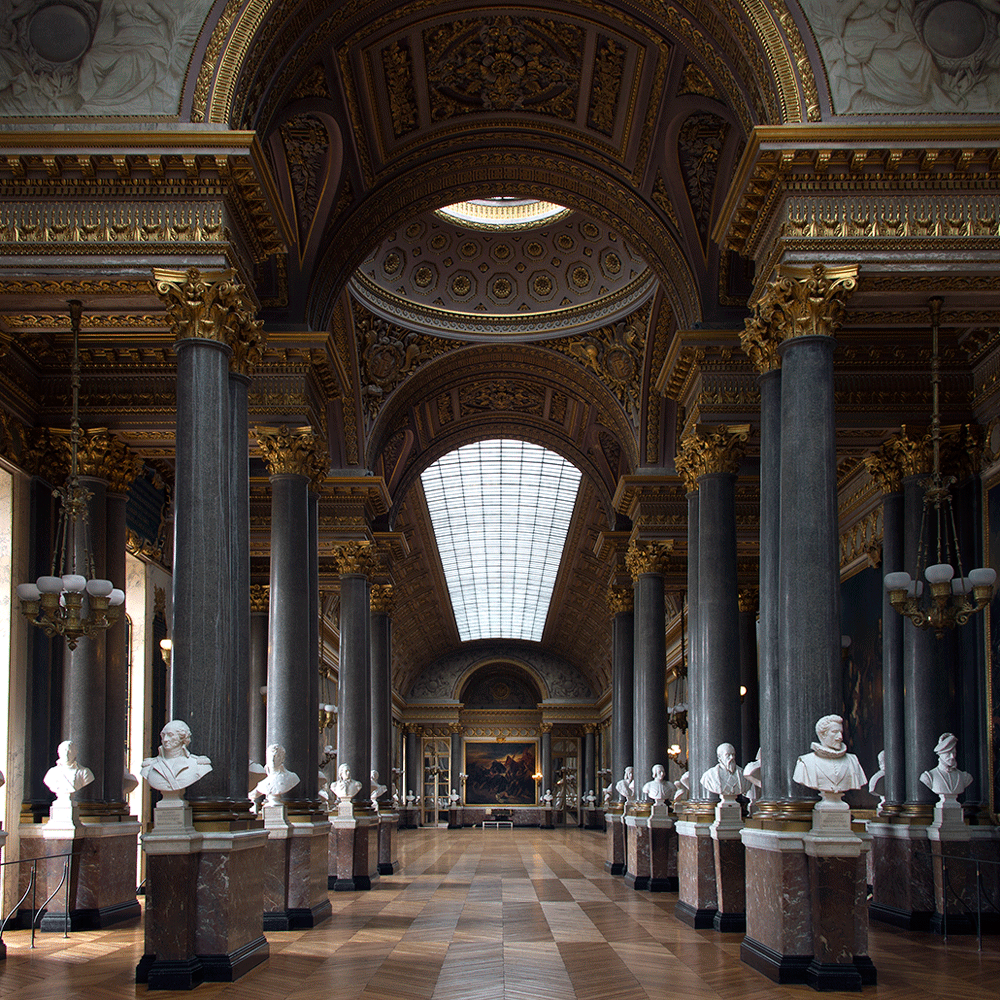
Beginning in the 19th century, portions of the magnificent palace were put to work as the home of the Museum of the History of France. And while the monarchs are long gone, Versailles still plays a role in the nation’s governance—the 19th Congress Chamber is still used by the members of the National Assembly and the Senate when they meet on exceptional occasions.
Including the palace, the gardens, the park, the Trianon estate and several buildings in town, the Versailles estate spreads over more than 800 hectares. Visitors can walk through a storied series of rooms, cross the king’s apartments, the queen’s apartments, and the most famous room at Versailles: the Hall of Mirrors.

How to Get There
Versailles is 16 kilometres from Paris and easily accessible by car (parking available), taxi, bus, or train.
The RER C line links central Paris with the Versailles Rive Gauche station—ten minutes from the palace on foot. Trains also run from Paris Montparnasse to Versailles Chantiers and from Paris Saint Lazare to Versailles Rive-Droite—each a twenty-minute walk from the Palace. The RATP bus 171 runs from Pont de Sèvres metro station to Versailles.
When to Visit
There’s no bad season to visit Versailles, but its extensive gardens are at their best in spring and summer.
While the gardens and park remain accessible, the buildings of Versailles are closed on Mondays. More than seven million people visit Versailles each year, so it pays to arrive at off-peak hours (immediately upon opening at 9 a.m., for instance). Some days are also busier than others, including Sundays and Tuesdays, when many Paris museums are closed.
Winter is also a great time to discover a quieter Versailles—in a different, and more subtle, light.
How to Visit
To enjoy the Palace and the Estate, plan to spend a day or more in Versailles. The audio guide is included in the ticket price and three mobile apps are freely available on Google Play and App Store. Guided tours allow access to closed locations of the estate and enter directly to the main places of the museum.
Several exhibitions and guided tours are available every day. Numerous events are organized in the Royal Chapel, the Royal Opera House, and the Equestrian Academy of Versailles, while during summer the Musical Fountains Shows bring the parterres and groves in the gardens to life each year to the sound of baroque music.
The Palace of Versailles is duty-bound to remain faithful to its vocation of supporting artistic creation. Every year since 2008, it has hosted the work of a famous contemporary artist, such as Jeff Koons, Giuseppe Penone, or Anish Kapoor.
Versailles proposes a variety of special offers for groups such as prestige tours and special after-hours tours which give access to areas usually not open to the public. For more information, please click here.
Check out the Estate's interactive map.
Sights and Attractions recommended by the locals
Palace and Park of Versailles, France
For more information on ticket fees, please click here.



